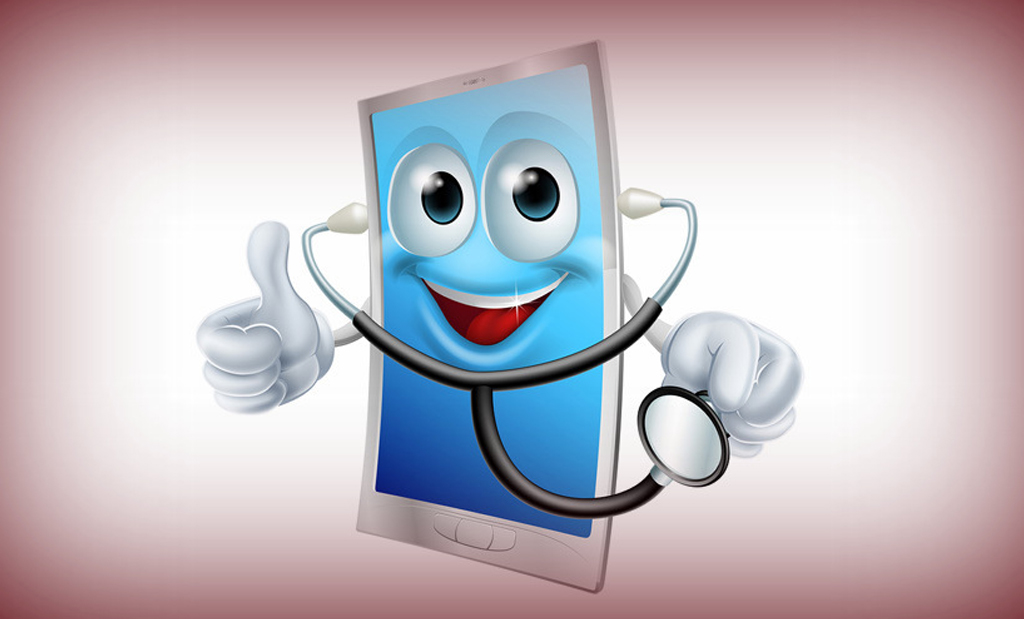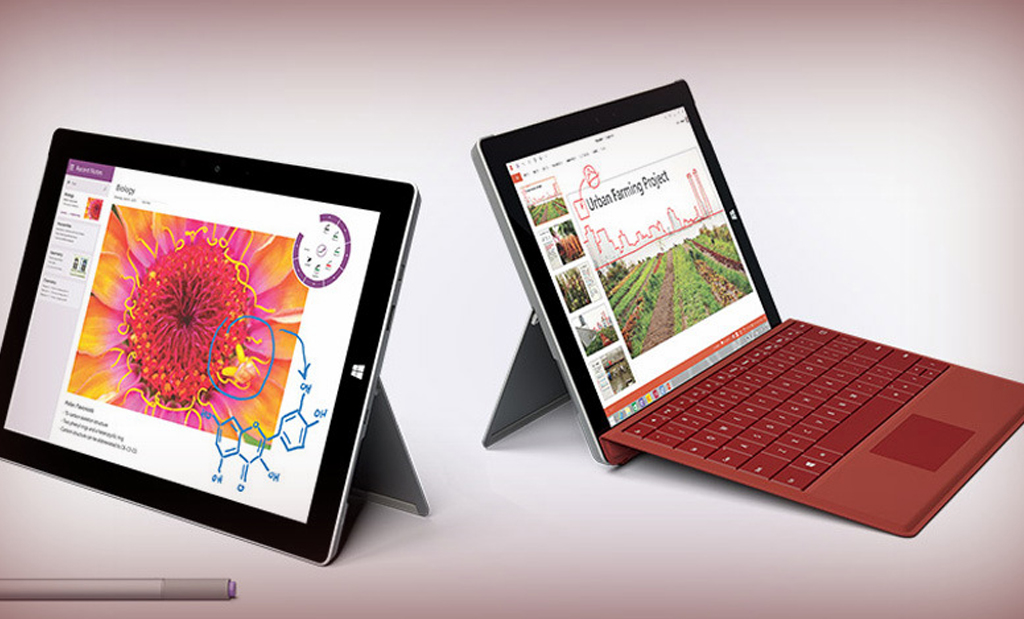MINI today unveiled a new heads-up display concept that’s embedded not in a windshield but in a pair of augmented reality glasses at the Auto Shanghai show. I got to try it out on Friday.
The verdict: it’s pretty cool.
The glasses have a few advantages over heads-up displays integrated into the windshield. For one, the speed limit, gas gauge, upcoming street names and other contextually relevant information comes with you if you happen to glance away. (Just be careful, OK?)
There’s also an opportunity to tailor the information on the heads-up display for where you’re looking. MINI showed off one example: a safety feature it calls X-Ray view. The demonstration vehicle has a pair of side cameras – one on each side – that it employs for detecting hazards. In the demo, the glasses lit up because a child’s ball was rolling toward the passenger side of the car. And when I looked over, I actually saw “through” the vehicle to see the ball by the front tire.
The glasses, by the way, are built around Qualcomm’s Snapdragon 805 processor. They make use of the chipmaker’s Vuforia augmented-reality platform to determine where you’re looking – and when to empower you with X-Ray vision.
The glasses are compatible with several MINI models already on the road, and could be made to work with other automakers’ cars as well. MINI doesn’t yet have a timetable for turning the glasses into a real product.
Here’s another advantage of the heads-up display glasses over windshield units: the heads-up display sits behind the glasses. On a bright sunny day, that means you don’t have to lift your polarized sunglasses just to see what’s on the display. As someone who’s in danger of developing repetitive stress syndrome from constantly lifting and lowering my sunglasses while driving, that may be the biggest advantage of all.




